
|
| Accept Cookies | Customize | Refuse Cookies |
Arnaldociriello www.juzaphoto.com/p/Arnaldociriello  |
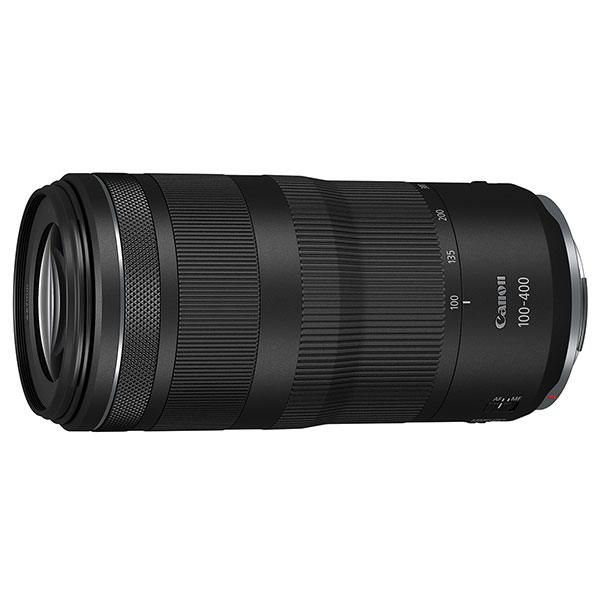 | Canon RF 100-400mm f/5.6-8 IS USM Pros: weight and compactness, optical quality, superb stabilization Cons: cheap construction, lack of tropicalization Opinion: I approached nature photography (animals, birds) and thanks to the lack of budget I bought this "little one" immediately after testing the EF 100-400 L for a few days (first version, the pump one). The first thing that immediately catches the eye is the compactness of this lens with respect to focal range: it looks like a toy compared to the EF version! The weight then is frankly ridiculous (we are talking about 635gr against 1380gr of the old EF): everything has a certain "weight", since the use I make of it is that of long walks (excursions). Like all RF lenses, the build quality leaves something to be desired: we are talking about a plastic lens (moreover an opaque plastic that seems designed to collect fingerprints, scratches and the like) and not tropicalized (but I admit, I used it in the rain without any problem). But this is a known problem, I noticed the same "low" build quality (excluding tropicalization) on the much more noble RF 24-105 L. The defects in terms of materials, however, are abundantly overcome by the optical quality and the goodness of the stabilizer: honestly I have not seen any difference in terms of details compared to the old EF L series (and does not fear too much competition even with the second generation 100-400), and the stabilization is simply of another level: coupled to the R6 this lens reaches up to 6 stops (in practical terms, I shoot quietly at 1/100sec at 400mm without worrying about blur). A few notes on brightness: of course, it is not an L series, but for daytime use it goes perfectly. The price then, considering the focal range, is quite tempting. Another point, it is compatible with RF teleconverters, great thing. I admit, if I were to continue with nature photography sooner or later I will switch to its older brother, the 100-500 RF L, but to start (considering also that it is a rather resalable lens) it is really a great tool. The convenience of transport can then be a reason – even for the most demanding photographers – to prefer this little jewel to heavier, brighter and more noble lenses. sent on March 15, 2023 |
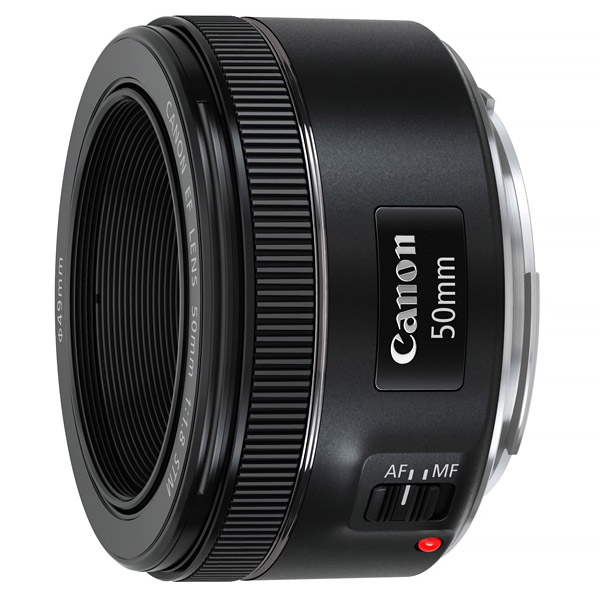 | Canon EF 50mm f/1.8 STM Pros: Everything, including price Cons: None, considering the price Opinion: Considering the price, it is part of those optics that can not be in the kit of any enthusiast. The 50mm 1.8 STM has solved most of the problems of the old EF 50 mark I and II (first of all the fact of being among the ugliest lenses ever put on the market), becoming in essence a pancake 1.8 of excellent workmanship. Obviously it is made of plastic, obviously it is not tropicalized, obviously the focus is not lightning (and moreover, the focusing motor brings out the lens, which is very bad); But removed these "defects" is an extraordinary lens: the aperture of F1.8 makes it excellent for evening use, the focal length 50mm is simply the "standard" and the weight and size are frankly ridiculous. At full aperture it maintains a decent level of detail, from f 2.8 onwards it is a real blade. It suffers a bit against the light, but nothing that can not be corrected in post simply by activating the corresponding profile. In short, it is better from all points of view than its brother 1.4 (and it is not clear why Canon does not want to update that damn lens). And finally, used is less than € 100.00; new, Canon Italia website at € 139.00. Those who use Canon MUST have it supplied. sent on March 13, 2023 |
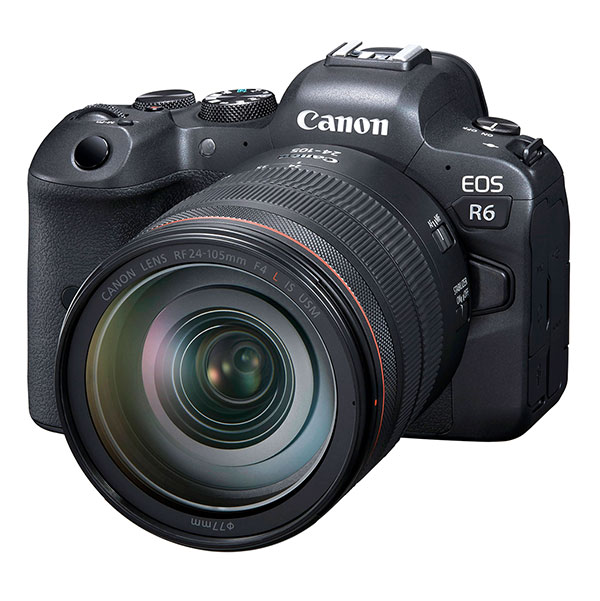 | Canon EOS R6 Pros: AF, high ISO yield, crazy stabilization Cons: virtually nothing, perhaps the cost of RF lenses Opinion: I state that I am an amateur, I do not make photography my job and I do not have the needs of professionals. I believe, like most people who attend this forum, to be part of the category of "evolved amateurs". I bought the R6 after a short period of "break" from photography and I was lucky enough to buy it after the release of the mkII, which allowed me to spend "relatively" little on the body. First impression is to have in hand (and it is the first impression of a person who until a few months before was happy owner of an R) an object of superior category: the build quality is excellent, the grip is excellent and FINALLY the buttons and rings are in place, in full Canon SLR style. I was a bit skeptical about the issue of 20mpx, but I must say that for normal use (and also for a little' crop, not exaggerated) you do not feel at all the difference compared to the 30mpx sensor of the R. With the transition to the LP-E6NH (the new Canon batteries) we forget the age-old problem of mirrorless, namely that the battery does not last long: with a Patona protect I easily arrived over 1000 shots, with electronic viewfinder set to 120fps and screen almost always active. The autofocus then is another story: already with the R I was perfectly at ease, with very few "wrong" shots, but the R6 takes everything to another level. I will not dwell on technical issues – which I probably would not be able to deal with – but I make this simple statement: with the R I had a 10% of shots out of focus, with the R6 we are below 1% (all not only in "easy" situations, such as portrait, but also in rather complex situations, such as chasing birds flying against the light). The ISO yield is simply hallucinating: 12,800 ISO on the R6 correspond – in terms of noise – to 3,200 on the R. For the first time since I have a camera, I find myself in the condition of thinking that raising the ISO is not so different from decreasing the shutter speed or opening the aperture, so, in terms of noise, the problem does not arise. The stabilization is simply magnificent, but one clarification must be made: in my experience it tends to work much better – obviously – on the new generation RF lenses rather than on the old EFs; with the 100-400 RF I found myself shooting at 400mm at 1/100sec perfectly still (and I'm a person who has pretty shaky hands, so I'm used to shooting AT LEAST at 1/800sec at that focal length). In short, speaking clearly, the conclusion is that it is a camera probably oversized compared to my needs, which is aimed more at an audience of professionals rather than amateurs. But it remains – considering the current advantageous price – perhaps the best choice for those who want to stay in Canon and literally want the maximum of what photographic technology is able to give. sent on March 06, 2023 |
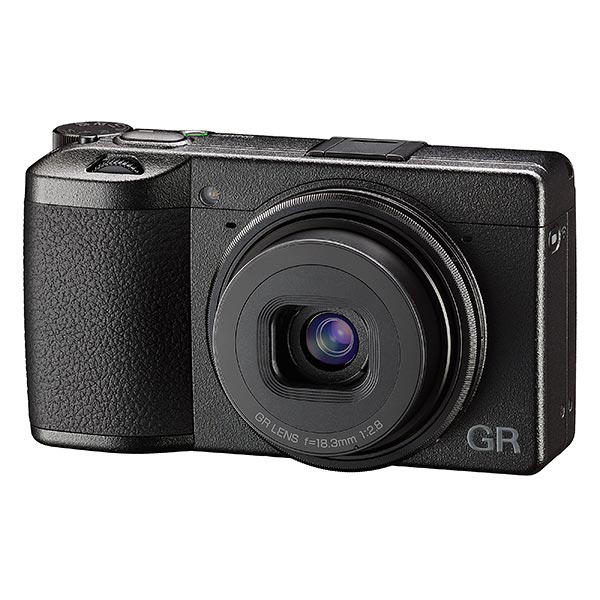 | Ricoh GR III Pros: "mini" size, magnificent sensor, crazy lens Cons: ridiculous battery, ISO over 3200 Opinion: I was looking for a compact camera to accompany the EOS R, to avoid always carrying a camera and at least two-three lenses (yes, I use only fixed focal lengths, so to be ready for any eventuality I always try to bring at least 35mm and 100mm). Among the various views, sifting a bit between forums and videos on youtube, I laid eyes on the latest update of the Ricoh compact, the GRIII. Very interesting sensor on paper (24mpx APS-C), toy size, controls in the right place and that fixed 28mm (equivalent) that is just the focal length from the street. Thanks to a discount coupon on Amazon, I decided to launch myself and buy it. I was a bit skeptical at the beginning: in short, you spend a lot of money to have a fullframe, you accumulate lenses on lenses to get the most out of definition, depth of field ... yet this little GR is really impressive. Very clean files, crazy lens definition, autofocus not bad. To be a compact, and in proportion, much better than the EOS R. I bought this compact to keep it always in the backpack, ready to shoot while I go to work, I'm around with friends; I ended up using it much more than the EOS R. The ml is there, at home, gathering dust, the GR is always in my hand. I'm not going to dwell on the "technical" issues of this camera, anyone who reads this review would do well before watching some video on youtube or reading a review of some professional; instead I intend to dwell on the shooting experience that you have with this gem. It makes you want to shoot. The quality that it manages to churn out in such a compact body makes it a really nice toy, it puts the photographer in a position to appreciate the street, the shadows, the details of the buildings, the faces of people. In short, the definitive machine for the street. And moreover, being so small, it does not seem to disturb in the slightest: it is difficult for someone to notice that you are photographing, and if they notice it, they will think that you are a tourist, given the size of the car. It is not frightening, it does not put you in awe. In short, it is the definitive creative tool to capture the everyday (in my opinion). After hitting the key point of this GR – in my opinion – it's time to talk about the negative sides, because, I assure you, it has them. And there are mainly two: the camera warms up (yes, using it for more than 5-10 minutes you start to feel a pleasant heat coming from the right side of the grip, probably the battery), it is a known problem and present on all GRIII. Not bad, it does not seem to me that it affects the operation in the slightest; it remains a defect, and as such must be recognized. The second, much more serious, is the battery life: it does not make 200 shots ... To carry around the GR by taking a walk you need at least 3-4 batteries! (thank goodness that buying non-original batteries does not end up on a road, the original costs 50 €!). The poor durability is THE defect of the GR: on the first day of use, unaware of this defect, I lost a lot of shots because at a certain point the little girl decided to turn off, and I could not revive her until I returned home. Summing up: it's the best compact camera around at a human price (of course, if you're a millionaire take a Leica Q2, it's clearly better). You just have to remember to buy batteries. Tip: forget the shots in the evening if you intend to climb above 3200ISO. sent on June 20, 2022 |
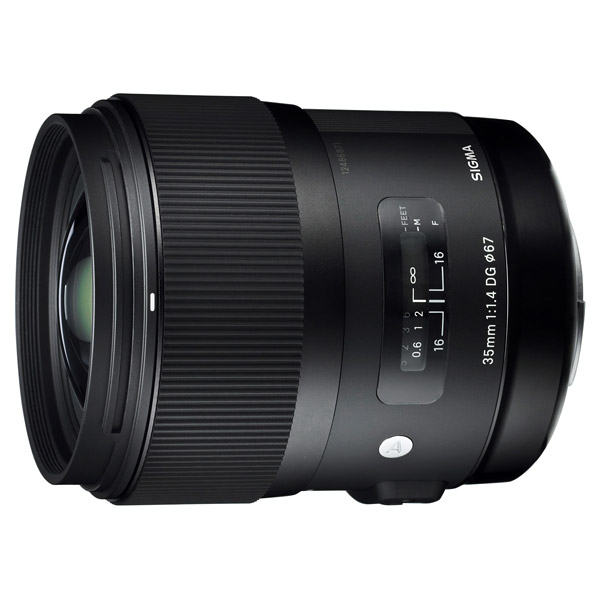 | Sigma 35mm f/1.4 DG HSM Art Pros: Colors, resolution and AF Cons: Weight and bulk Opinion: I was looking for a quality 35mm to accompany my EOS R, I was undecided between this Sigma Art and the 35 1.4L (first version) of Canon. I opted for the sigma to save some money, it is used between 400 and 500 euros against about 700 of the L series. Let's start with the negative sides: it is a heavy and cumbersome optics. Of course, compared to sigma's other Art series lenses, the 35mm is the "more compact" version, but let's not kid ourselves: on the R it looks like a cannon, and the weight does not help; if we add to this a frankly somewhat plastic construction, we can safely say that we expect more from a lens that is sold as "professional". The point, however, is that it is an extraordinary lens, and at the exact moment in which you download the files to the computer to give us an eye and make the usual changes, you are amazed. At full aperture it is a blade in the center, the sides suffer from a minimum of vignetting that I must say but gives a "dreamy" effect to the photo. It has a soul all its own: the colors are cold, tending to blue, with a style very similar to ZEISS lenses. The autofocus is a splinter, with the AF system of the R it becomes really difficult to find yourself with a shot that is not perfectly in focus, even at full aperture. Then in short, a 1.4 lens allows night use, with really interesting results. To get the most definition just close to F2.8. Last thing: since I mounted the 35 Art I left in the drawer all the other optics I had; it will be the focal length, it will be the ability to churn out impressive colors, it will be personal taste ... but this lens is really a lot of stuff. In short, considering the quality / price ratio I think it is one of those lenses that can not be missing in the kit of any amateur photographer. sent on June 12, 2022 |
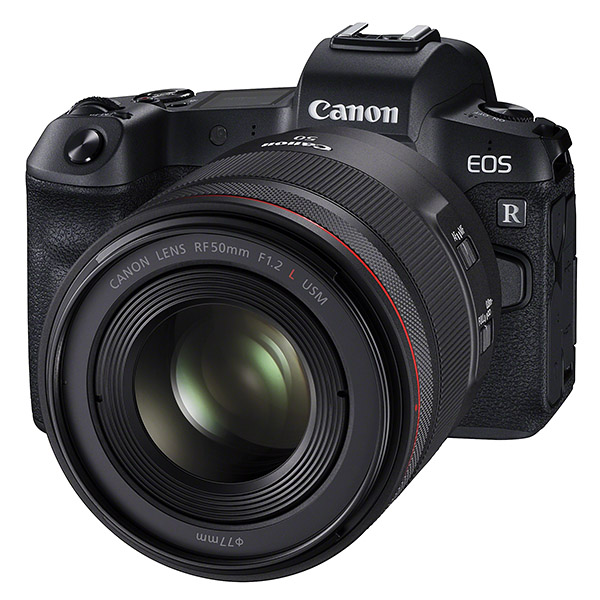 | Canon EOS R Pros: Crazy AF, not bad battery, sturdy body with keys in the right place. Great display! Cons: Single SD slot Opinion: Necessary premise: I am an amateur. I am not a professional, I am not a great expert; I'm just a fan looking for the "right" camera for what I do: portraits, a bit of street and memories of travel. I bought the EOS R in store, used guaranteed. I had an RP, fantastic camera but very "consumer". I must say it was the best purchase ever made. The autofocus is crazy, once it hooks the eye (and it can easily even in the dark, don't worry) it does not miss a beat. I can take a burst of 15 photos, with the subject moving, and the focus is always there, planted on the eye. The sensor is magnificent: 30mpx of pure detail. The EOS R is not afraid of the dark, the files up to 6400iso are very usable and the noise - even if present - is almost pleasant, especially passing the shot in b / w. The body is sturdy and well made. The keys are where they should be, and even that "touch" key that many find useless has its why: I use it to change the focus mode (from eye tracking to single point etc ...) and I must say that I have never had a problem. If we really want to find a problem in the construction of this gem then it is definitely the fact that it has only one slot for SD, while it would have been convenient to have a second to be able to shoot in raw + jpeg. The software is the usual canon: unbeatable. The menus are done very well, all the settings are really easy to find. I must say, I was also surprised by the goodness of the touch-screen, it is basically equivalent to that of the smartphones to which we are accustomed. The battery... well, you quietly take 500 shots. Now, I understand that it is not an old style SLR, with 1300 shots of autonomy, but the spare batteries are not overly heavy (or expensive, just go to third-party brands like Patona). Moreover - and it is not a small thing - you can charge the battery on-the-go simply by attaching a powerbank to the camera, a function in my opinion as obvious as it is useful. The viewfinder is well defined, rather fluid and functional. I must say that I use the screen more than the viewfinder, but for personal convenience. The EF adapter. Here, here we must make a speech: Canon has evidently imagined the R system thinking of professionals and consumer basics. Just look at the lens park released to date to realize it: the lenses are few, and either they are super monsters for pro (see 85mm 1.2, 50mm 1.2) or they are basic ciofeche (see 50mm 1.8STM, 35mm 1.8 macro, 24-105 7.1!). But – and this is as big as a home – the EF lens adapter works really well. Here, I admit, I started buying RF lenses and I ended up selling practically all of them to switch to EF... at the level of autofocus you do not lose anything but you save money and you have to deal with lenses of the highest quality. In short, to conclude. The EOS R is a lady camera, with "professional" functions and with a body designed to withstand time. I believe, after years of research and money spent, that I have found the camera that suits me. sent on May 28, 2022 |
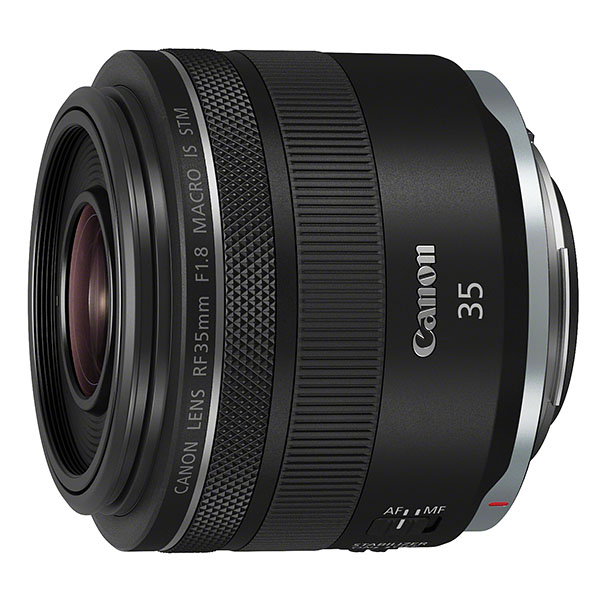 | Canon RF 35mm f/1.8 Macro IS STM Pros: Lightness, programmable bezel, definition Cons: Not very fast AF, optical external forward Opinion: Lens to say the least wonderful, given the price. Excellent for street use and set portrait, it can also be used for some "macro" shots (although it has nothing to do with macro lenses with a 1x magnification ratio). At full aperture it is a razor, I have not noticed any chromatic aberration in backlight situations, some small signs of vignetting always at TA (which is corrected in post with a single click). To be added absolutely to any R kit. sent on January 19, 2022 |
 JuzaPhoto contains affiliate links from Amazon and Ebay and JuzaPhoto earn a commission in case of purchase through affiliate links.
JuzaPhoto contains affiliate links from Amazon and Ebay and JuzaPhoto earn a commission in case of purchase through affiliate links.May Beauty Be Everywhere Around Me